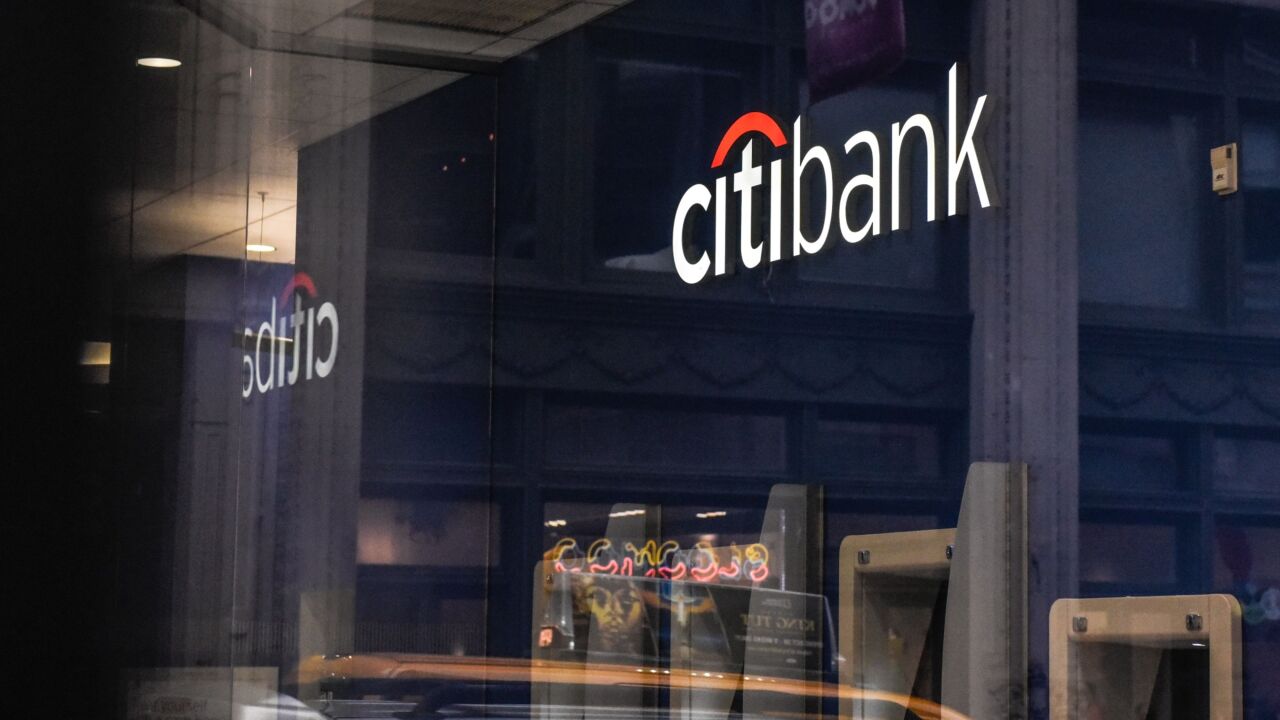E-commerce and services diversification have been a lifeline for credit card companies during the pandemic, enough to make up a substantial portion of Mastercard's business.
Consulting, marketing, technology assistance, risk management products and other services not directly related to payment processing now account for 33% of Mastercard's overall revenue, Mastercard reported in its earnings call on Thursday. As a distinct line of business, services grew 18% in the most recent quarter.
Overall, for the quarter ending Dec. 31, Mastercard reported revenue of $4.1 billion and earnings per share of $1.64, down about 15%. Analyst expectations were $1.51 per share and $4 billion, according to Zacks Investment Research. Meeting analysts' estimates was an improvement of sorts since
For the full year, Mastercard reported a profit of $6.41 billion, or $6.37 per share, and $15.3 billion in revenue.
In offering functions that don't involve direct card payments, Mastercard views itself as more of a partner than a payment enabler.
E-commerce will not revert back to what it was, the general attitude toward cash will be more negative than before. Years have been compressed into months.
It has already partnered with Payoneer, Bank of America, and Walgreens for services other than payment processing. At Walgreens, the partnership addresses contactless payments, point of sale credit, analytics and the ability to produce health care payment technology in the future, said Michael Miebach, Mastercard's CEO, adding other partnerships address fraud prevention and dispute resolution.
Card not present transactions make up 45% of Mastercard's volume, up from 40% in 2019 as e-commerce took hold during the pandemic, accelerating digital trends that both
"E-commerce will not revert back to what it was, the general attitude toward cash will be more negative than before," Miebach said. "Years have been compressed into months."
Mastercard is also affected by the movement toward open banking, which creates new payment rails between banks and other businesses, and provides another venue for Mastercard to pitch its ancillary services. Mastercard's recent
The scale of
Mastercard also envisions working with governments to expand digital payments as central bank digital currency projects evolve in different countries. While saying existing real-time payment projects could provide the same benefits as CBDCs in some cases, Miebach said.
"We first want to find out the best path forward to modernize the payment stack and we will partner if central bank digital currencies are the right tool for the job," Miebach said, adding roles for the private sector to support CBDCs need to be determined, and that could vary depending on the country.
Mastercard's earnings came as the U.S. reported
Most global markets have stabilized from the initial coronavirus-related decline and are in what Mastercard deems normalization. It predicts spending levels will improve, and the card brand reported a 4% growth in U.S. retail sales in the last quarter of 2020, with European sales declining 1.9%.
The card brand did not provide an outlook, as renewed lockdowns and slow deployment of coronavirus vaccines cloud the timing of travel spending recovery and the positive impact of pent up demand for in-store shopping and cross-border tourism.
"2020 presented the world and economy with unprecedented challenges," Miebach said.





